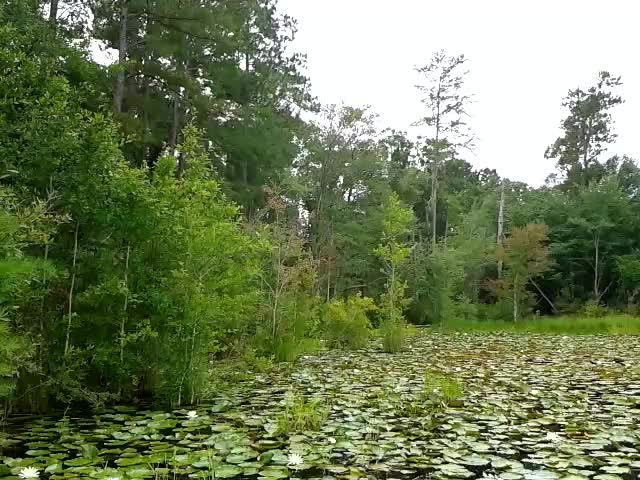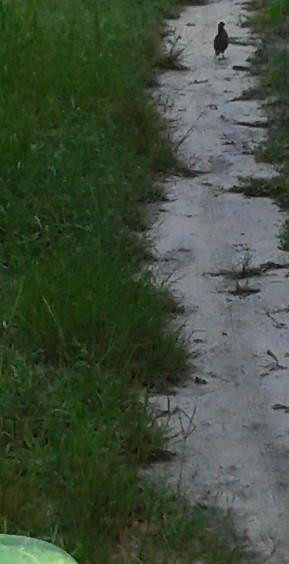 We like our beaver pond, but the beavers are a bit too ambitious.
Here’s how they operate.
We like our beaver pond, but the beavers are a bit too ambitious.
Here’s how they operate.
Haemig PD (2012) Ecology of the Beaver. ECOLOGY.INFO 13,
The forest beside the stream also changes after beaver occupation. When beavers cut down trees for food and for building their dams and lodges, they select the species of trees that they prefer, and leave other tree species standing. Consequently, after many years, the forest beside a beaver pond is usually dominated by different tree species than it was before beaver occupation, and in the gaps where the beavers removed trees, bushes and saplings now grow and with them the animal species that live in the early stages of forest regeneration (Barnes and Dibble 1986; Johnston and Naiman 1990;
Pastor and Naiman 1992; Donkor et al. 2000). In addition, when the beaver pond is formed by the dam, water floods and covers the roots of trees that formerly stood along the stream bank. These flooded trees die because the standing water prevents their roots from getting air….
In Wyoming, a survey showed that owners of private lands believed that they benefited from beaver engineering because Continue reading










